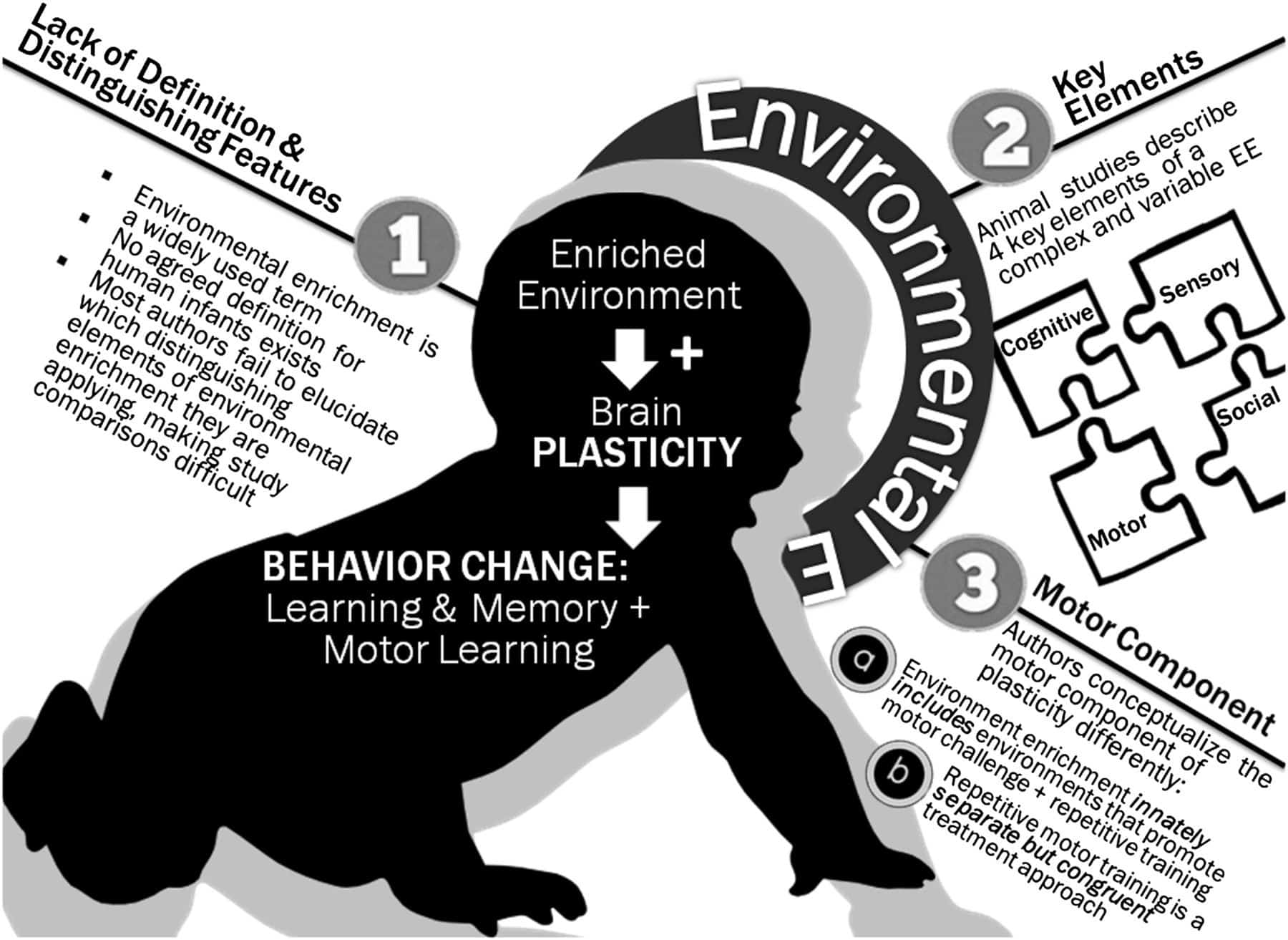By Anna Smith
The Medicines and Healthcare Products Regulatory Agency (MHRA) has granted Ipsen a licence update for Dysport (abobotulinumtoxinA), extending the use of the drug to focal spasticity of upper limbs in paediatric cerebral palsy (CP) patients, two years of age or older.
The regulatory body says that the approval was based on a Phase III study, which found that the drug reduced spasticity symptoms in children aged two years and older being treated for upper limb spasticity due to CP. Further to the results, the treatment’s safety profile was consistent with that seen in the approved indications for paediatric CP lower limb spasticity after repeated injections and no new safety concerns were identified.
The approval means the treatment is now the first and only botulinum toxin in the UK approved for the treatment of paediatric spasticity in both upper and lower limbs, marking an “important advancement for children in the UK living with cerebral palsy, who can now benefit from long-lasting symptom relief between their botulinum toxin A injections”, according to Asad Mohsin Ali, Ipsen UK & Ireland general manager.
Therapeutic options such as botulinum toxin type A work by “interrupting the muscle contraction” and thereby “reducing stiffness related to spasticity, helping children with cerebral palsy to not only improve physical functioning but also achieve their goals which can improve their mental and emotional wellbeing” explained Alison Smith, consultant paediatric neuro-physiotherapist, NPP Neuro Group.
Spasticity in children is most commonly associated with CP. Approximately 17 million people worldwide are diagnosed with CP, with an estimated one in 400 babies born with cerebral palsy in the UK, 75-91% of whom will have a specific type known as spastic CP.
